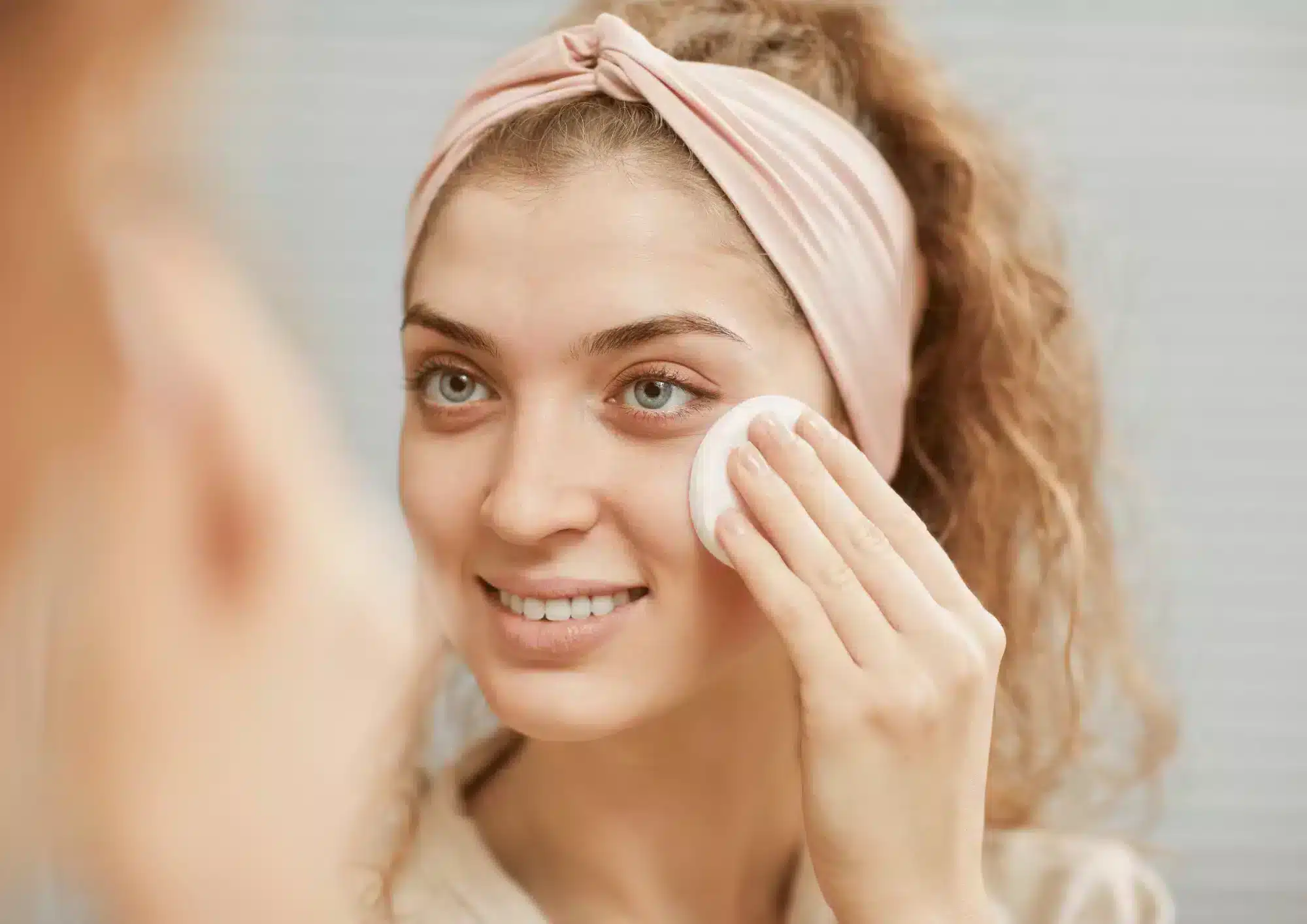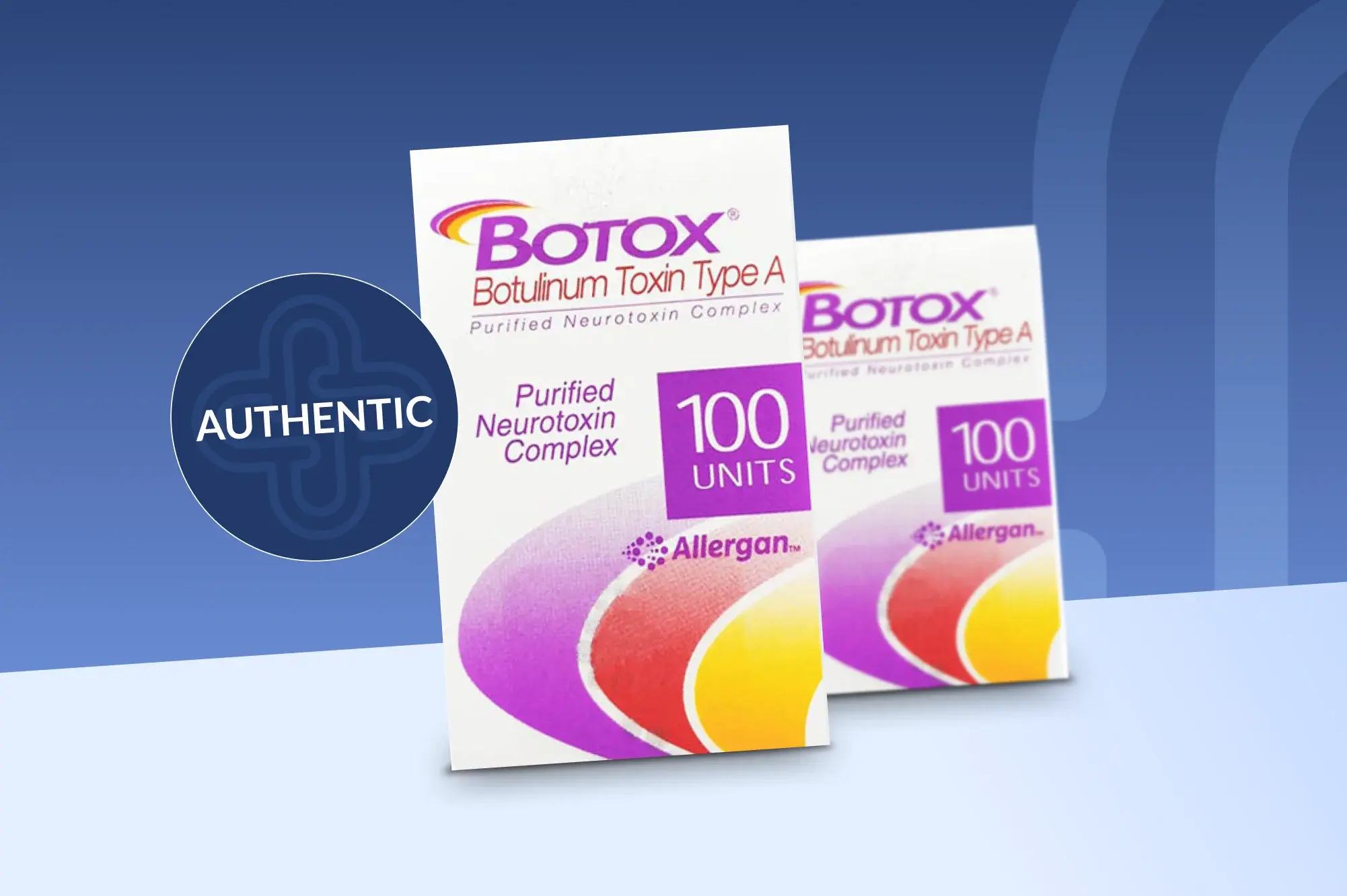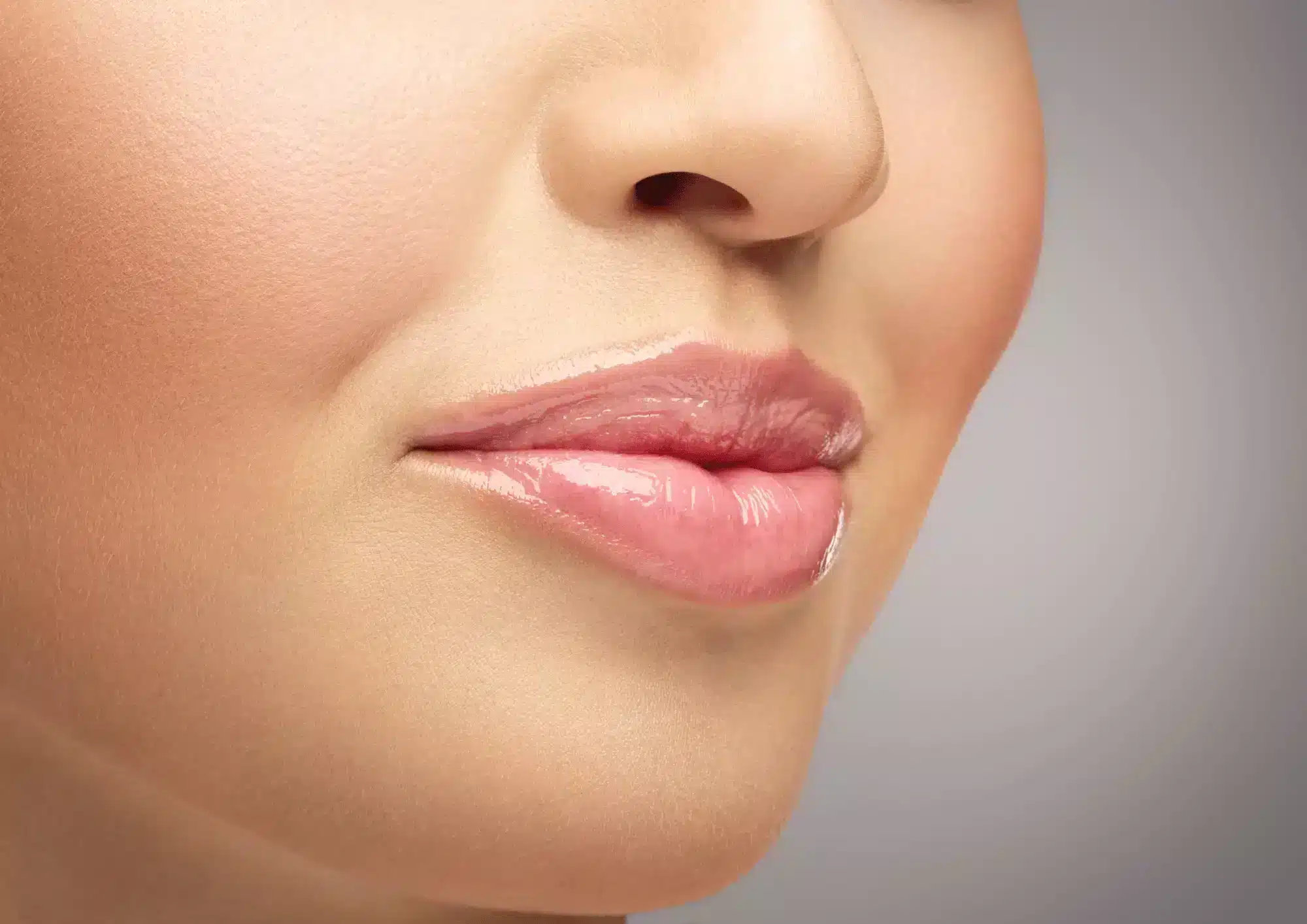Chemical Peels: Things to Know
The natural aging process causes wrinkles and creases that detract from a youthful appearance. Luckily, there are things people can do to delay and treat these signs of aging. Taking care of your skin and shielding it from the sun are 2 ways to prevent wrinkles. In addition, cosmetic procedures, such as chemical peels and face masks, can delay the formation of wrinkles and help to maintain a youthful look.
A chemical peel is a professional procedure that can correct wrinkles and creases while helping to rejuvenate the skin. Chemical peels work by removing the damaged outer layer of the skin using an acidic chemical solution made of alpha hydroxyl acid, trichloroacetic acid (TCA), or phenol. This acidic solution peels away the top layer of skin and leaves behind healthier, fresher looking skin. This procedure enhances the smoothness of the skin and is effective for treating blemishes, uneven pigmentation, and superficial wrinkles.
Chemical peels are one of the oldest cosmetic treatments in the world. They were used by the ancient Egyptians, Greeks, and Romans. Chemical peels are still used today and produce immediate results.
Are chemical peels really safe?
Chemical peels range in strength from mild to medium. Chemical peels are safe when they are administered by a trained professional. Side effects mild irritation, redness, and peeling of the skin.
Your health-care provider will be able to determine which chemical peel is suitable for you, also taking into consideration any existing dermal fillers treatments you have. For example, Filorga has a range of peels for sensitive skin, normal skin, and aging skin.
Do chemical peels get rid of acne scars?
Certain chemical peels can be used to treat acne scars or active acne. When topical acne medications do not work, chemical peels may be considered. Chemical peels exfoliate the skin and can reduce acne scars and blemishes.
Chemical peels do not make acne scars worse; however, it is essential to only receive treatment from a trained professional. Chemical peels get rid of the topmost layer skin, revealing a new layer of skin beneath.
Dark spots can also be targeted with chemical peels. Also known as hyperpigmentation or age spots, these spots are caused by the overproduction of melanin, a pigment in the skin. By exfoliating the top layer of the skin with a peel, these spots can be removed.
Types of chemical peels
There are several different types of chemical peels available, and they are great for improving the skin’s appearance. Different peels are used for different purposes.
Glycolic Peel
This peel uses glycolic acid to exfoliate the skin and make it look fresh.
Lactic Peel
This peel is a great option for sensitive skin.
Beta Peel
This peel is often used as a treatment for acne in patients of all ages. The salicylic acid helps control acne, eliminate acne-causing bacteria, and exfoliate the skin.
Your treatment will be determined based on whether you need a light, medium, or deep chemical peel.
Side effects
Chemical peels are safe for the skin. Side effects are mostly mild and may include a burning or stinging sensation and flaking of the skin.
Chemical peel rejuvenation
Skin requires a protein called collagen to remain fresh and youthful. This protein revitalizes the skin’s firmness and elasticity. As people age, collagen production starts to slow down, resulting in aging skin. A chemical peel removes the top layer of the skin, increasing the natural production of collagen as the skin repairs itself.
Chemical peels are a great way to rejuvenate the skin by reducing fine lines, evening out the skin tone, and clearing blemishes. As the treatment deeply exfoliates and removes the top layer of the skin, it is important that you protect the skin from excessive heat and sun exposer. Your health-care provider will determine the best peel for your skin type and concerns, so you can feel and look more refreshed and youthful.









